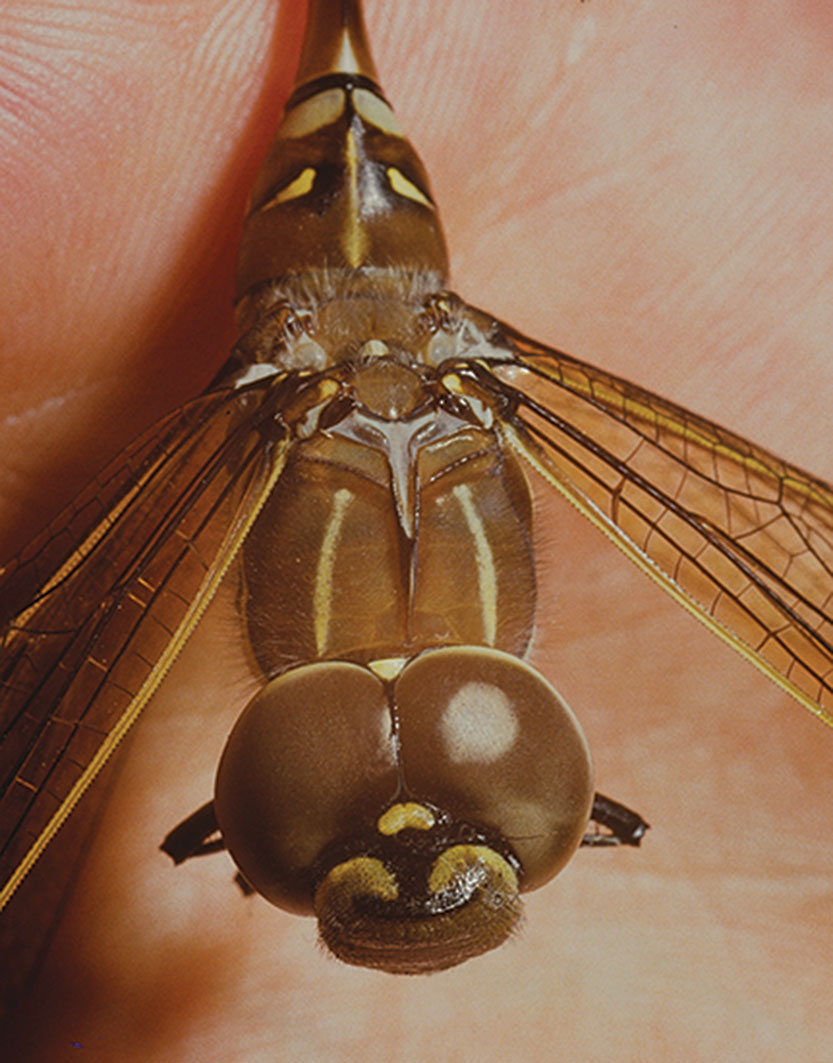Damsels of the deep
Getting up close and personal is something you can easily do with dragonflies, and with their slightly more elegant counterparts, damselflies.
They are regular visitors to the parks and gardens of North and West Melbourne and seem to enjoy the close contact as much as we do.
Their flashing wings and glossy surface (and bright colours of the damsels) make them stand out clearly and their inquisitive nature ensures we get a good look.
As with the old Tiger Moth airplane, dragonflies are pretty ancient in design, and they certainly look it, but although they can’t fold their wings away like most modern insects, they are surprisingly adroit when airborne.
In fact, a better performance comparison would be with the helicopter, if not a drone. Able to travel up to 50 kms per hour, and to stop on a whim, they take the mile high club to a new level with the capability to eat, mate and even in some cases lay their eggs while in flight.
Insects have two pairs of wings (except for the poor old blowies with only a single pair) usually using only one set to fly. More often those using both sets are clumsy in flight (like those Lancaster bombers limping home on one engine) but the dragonfly uses its nervous system as a way of synchronising each pair of wings. Butterflies and moths use both sets but they actually hook them together mechanically and so tend to flutter rather than fly.

But what of the youngsters? The ones we see flying around our parks are adults, or “imagos”, as mature insects are called. As with most insects, they begin life in a very different form from that of their adult stage, and in the case of dragon and damselflies, they live in a completely different environment – underwater.
In a casual viewing of the ponds in some of Melbourne’s parks you may spot empty discarded shells clinging to the stems of water reeds. These are the final outer skeletons of the juveniles which have now reached adulthood and left home for the wider world.
Some species spend years below the surface before that fateful climb up a reed stem for their final moult. Fishermen know these “mud-eyes” well, as they make excellent bait.
These insects are themselves, excellent fishermen, possessing an extra limb in the form of a levered jaw which they shoot out at incredibly high speed to grab passers-by. Tadpoles and small fish are their favourite foods.
Being great hunters, their speed underwater is quite spectacular over short distances, and to achieve this they squirt water from their anus to jet propel them along, much in the way octopuses do. Please do not try this at home!
Dragonflies have been around for 300 million years, and Australia has more than 300 species. As the various species emerge at different times of the year, they are ever present in our parks and gardens although they tend to proliferate, like most insects, when the weather starts to warm up and their food supply is greater. Although completely harmless to us humans, and a delight when they occasionally land on your shoulder, or even your hand, dragonflies can be quite territorial and become belligerent if a rival appears on their doorstep.
Watching them feeding too is a delight, often performing acrobatics while ensnaring their prey on the wing, and they use a rather unique radar type facility when doing so. You’ve noticed the way small birds are constantly jiggling about. This is because they cannot move their eyes independently within their sockets and therefore need to move their whole body to shift their gaze. This ensures no image remains in the one place on their retina, which, rather surprisingly, would render it invisible.
Our clever little dragonflies use their radar to ensure their image remains stationary on their prey’s retina and so actually remain invisible to them. I wonder which superpower will be the first to try to adapt that cute idea?
Back in the old dinosaur days if you bumped into a dragonfly it could be up to a metre across but these days you’ll only see them that large in horror movies. I’m not sure how they managed that size back then but if you’re worried about seeing them as giants today, don’t be.
Their breathing apparatus today is much more efficient than ours but thankfully, for the faint hearted, the way it works depends on the creature being small. Did I hear a collective “phew”?

The Movement Refinery: 20 years and still going strong








 Download the Latest Edition
Download the Latest Edition